In an era with 3D-printed houses already standing, 3D printing’s potential in architecture? Just limitless. Such magic also lies at the Makerspace at the Unitec School of Architecture, run by Carl Salas, a lecturer there. For years, Carl always found himself amazed by digital fabrication — the perfect blend of creative practices and cutting-edge technology.
Today, his vision is helping redefine how the next generation of architects learn, design, and build — where the powerhouse is 3D printing backed by Creality, a global leader in 3D printing. From one man with two printers to a full-fledged Makerspace, this is how 3D printing is making a difference. Now buckle up for the magical bond between an architectural professional and his 3D printers, a real trailblazer today.
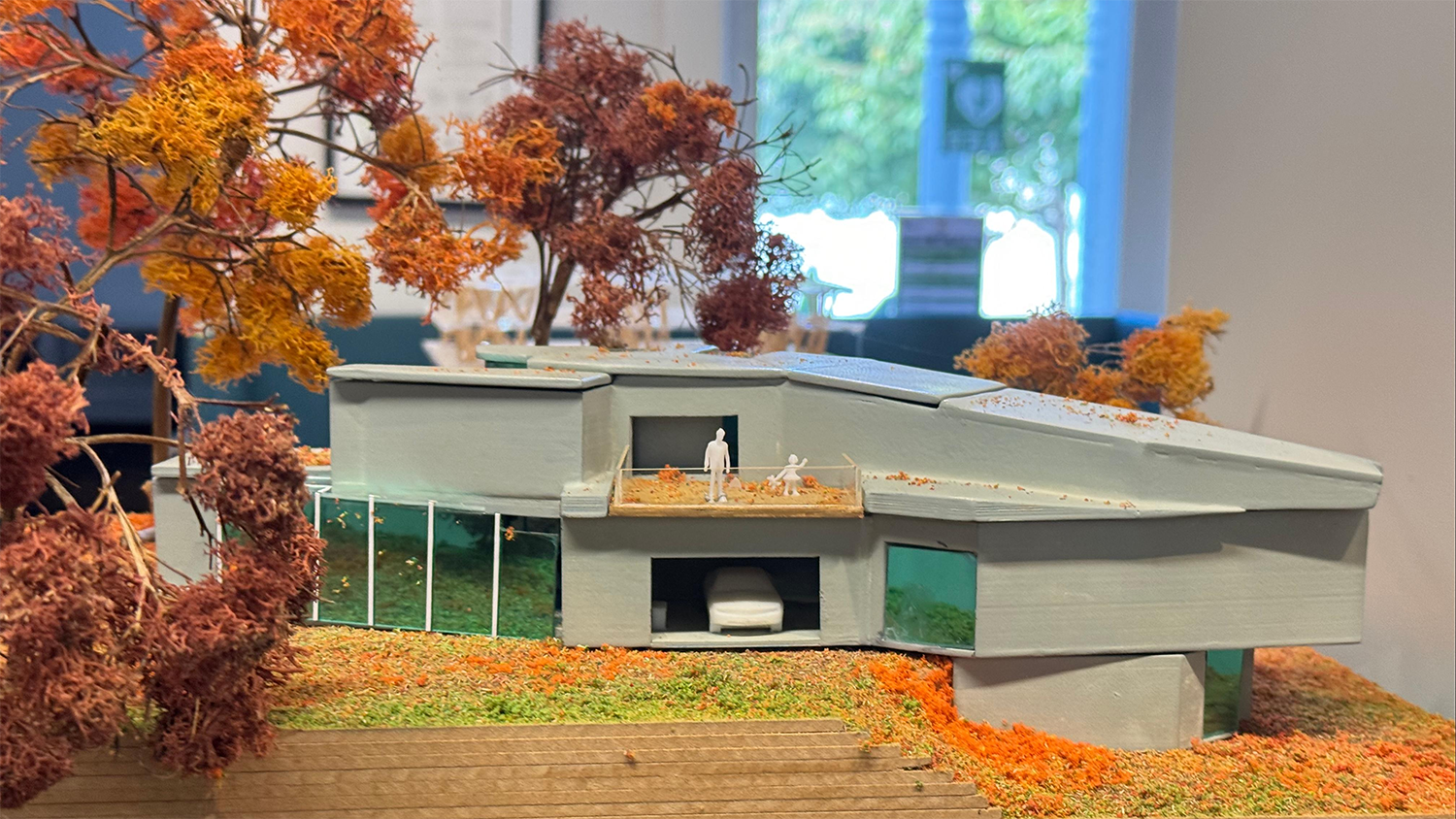
Carl Salas sharing his architectural models at the PB Tech store
Carl Salas, the Architecture Lecturer
Inside the ShareFest New Zealand 2025, you would see Carl Salas fervently sharing his 3D printed architectural models with fellow maker enthusiasts.
He and 3D printing? They go way back. Since early childhood, Carl was always the kid obsessed with buildings and bridges, or creating and making. This love is rooted in his family, where his uncle, a practicing architect and educator in Manila and Hong Kong, took him to deep dives into the beauty of architecture and making.
So just like that, this love extended to his college years. A senior back then, he joined a student-led program called PMC (Progressive Modeling Consultants), the precursor of the Makerspace at Unitec. This hands-on program was a life-changer for him, showing him the stunning possibilities in digital design and fabrication. Powered by all this, he got his master's degree in architecture at Unitec and started his lecturer career in 2022.
All these years of engagement took him to somewhere breathtaking — ShareFest New Zealand 2024, where he met Creality, the 3D printing industry leader that later supported Unitec's Makerspace.
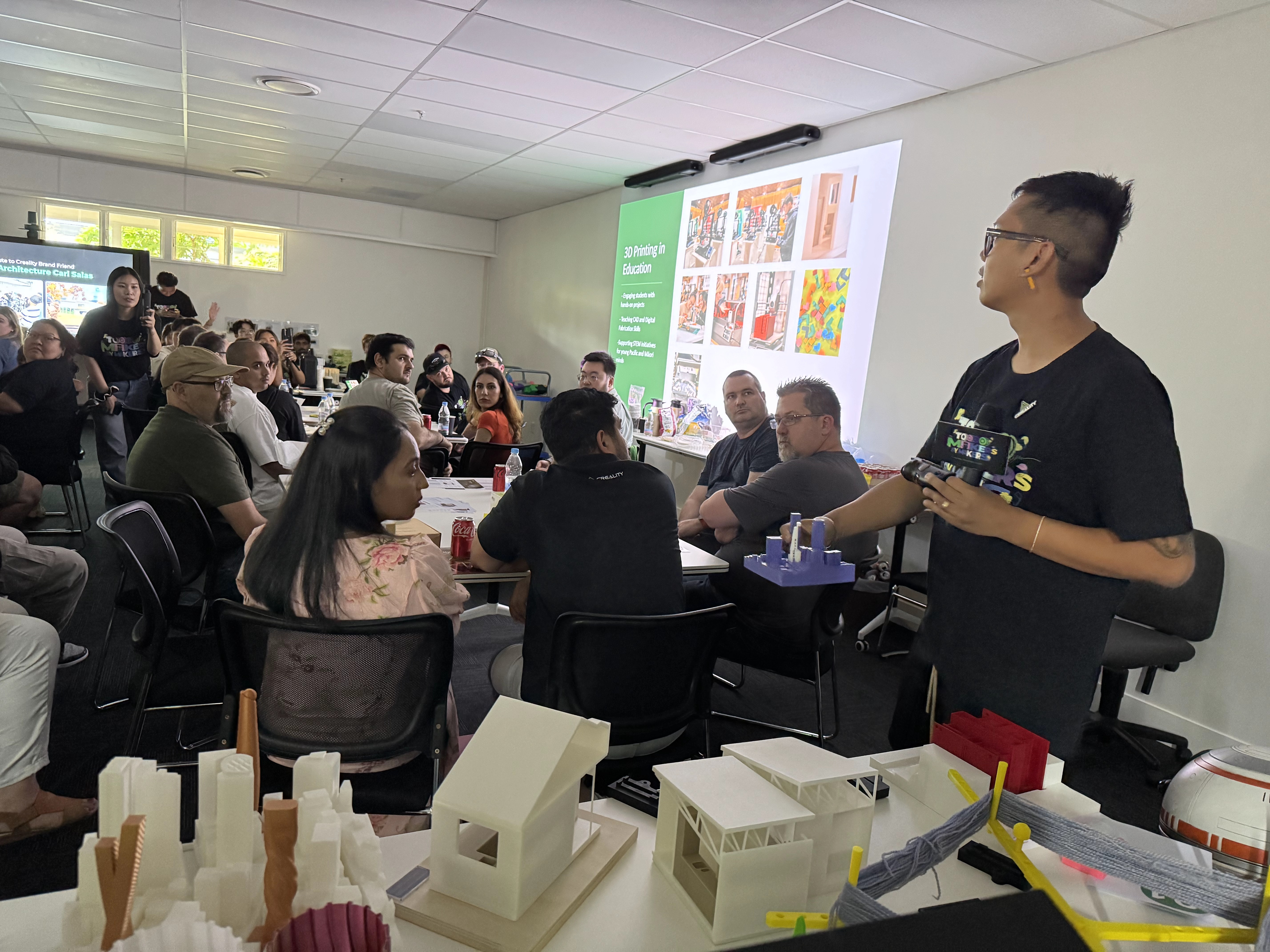
Carl Salas sharing his architectural models at the PB Tech store
Bringing 3D Printing to Classrooms
“Before Carl pioneered the Makerspace, we didn’t actually have 3D printing here,” says Rozielle Yanez, a third-year architecture student.
It all started from Carl’s belief in how the tactile power of physical models could drive his teaching.
“Models are how architects communicate ideas,” Carl explains. “They should be felt, touched, and experienced.”
With support from strong brands like Creality, Carl embedded 3D printers into the curriculum. So students there all get to embrace digital fabrication from their sophomore year. With the right tools in place, they are designing, printing, troubleshooting, and going for iterations on a daily basis. At Makerspace, such 3D-printing magic can be felt by anyone anywhere. All this brought these architect-to-be closer to the materials, spatial relationships, and design systems, the bread and butter for their future contributions to the world.
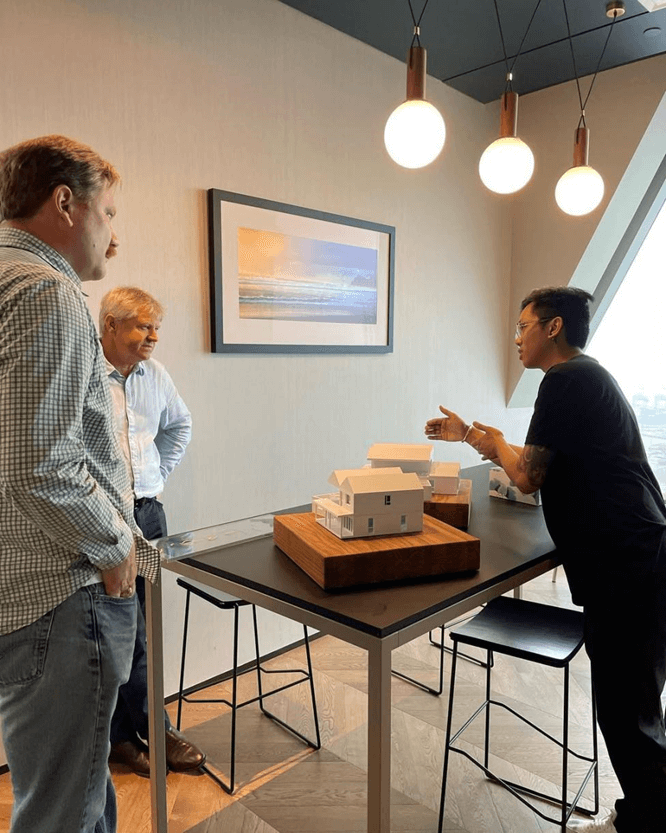
Carl Salas presenting architectural models
So just like that, things went hands-on for those architecture majors — way beyond just theories and design drawings, one can always materialize and thus fine-tune the design, get much closer to the materials, and always stay at the forefront of the fabrication processes. Powered by such 3D printed models, they can see spatial relationships coming to life right in front of them — doubtlessly the recipe for breathtaking designs in their future careers, something digital models or presentation slides alone can never do.
The Makerspace — All About Boundary-pushing
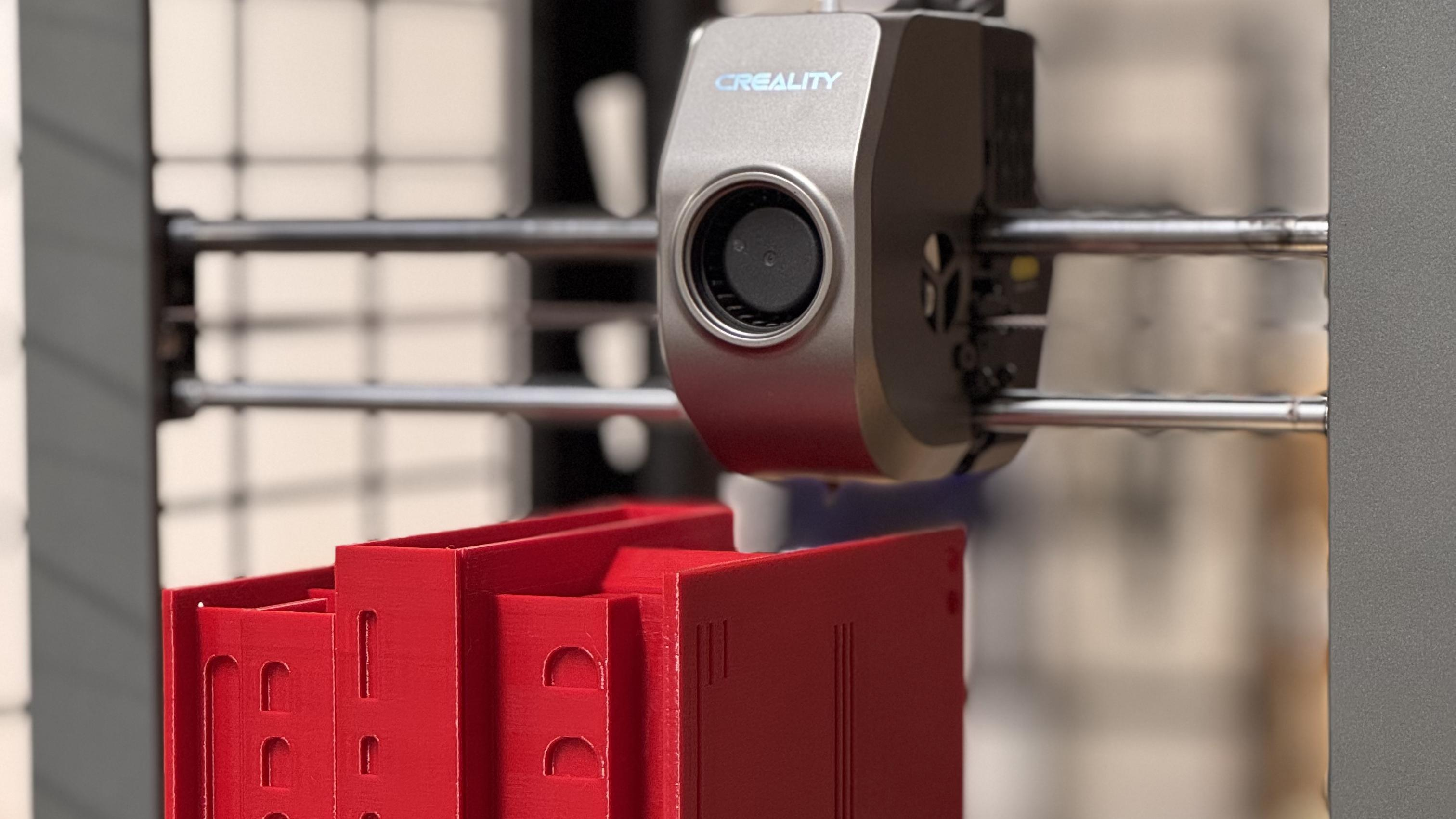
Carl Salas presenting architectural models
One man. Two 3D printers. That’s the humble start of the now fully-equipped Makerspace with over six Creality‘s advanced machines. Not only in size and scale, seismic shifts are also in speed and precision of 3D printing, quite a boost to students’ architectural prototyping.
“Conventional model-making can’t match the consistency of 3D printers,” says Carl. “You’d get inconsistencies after ten attempts. Yet with 3D printing, it’s just another story — we can always produce more, at scale, with better control.”
Such boundary-pushing is also in Carl’s digital electives. Not just buildings, students there are venturing into the design and fabrication of furniture joints, facade systems, sculptural components, and so much more. No boundary at all, just like the world of 3D printing. In those amazing adventures of imagination, Creality’s versatile printers always come in handy, capable of translating any design into solid models.
“The most amazing part,” Carl comments, “is that students can problem-solve and prototype in real-time.”
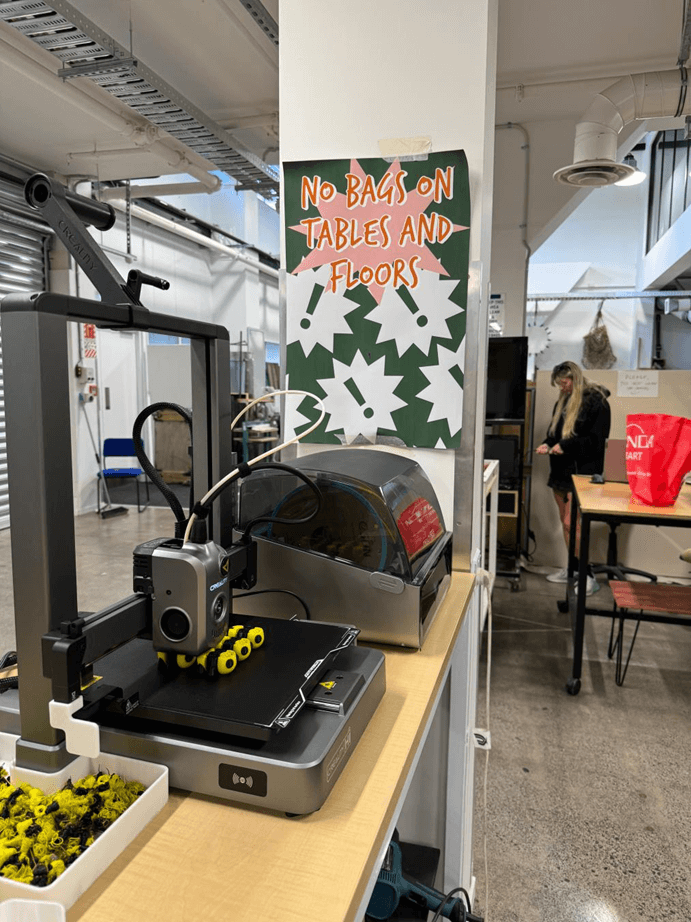
Makerspace at Unitec Powered by Creality Hi
Hands-on Please! Let’s Go Wild
“Carl always encourages experimentation,” says third-year architecture student Rozielle Yanez. “He gives us the freedom to make mistakes, which helps us truly understand the process. And seeing our digital designs take physical form is incredibly exciting.”
Student Rosile Yanez also walked us through how Carl really made a difference :
“Carl always encourages us to experiment with different types of printing techniques and also allows us to make mistakes so that we can really see what went wrong during the process. I think in architecture schools, students should be able to visualize everything. And seeing the design come to life always excites us all.”
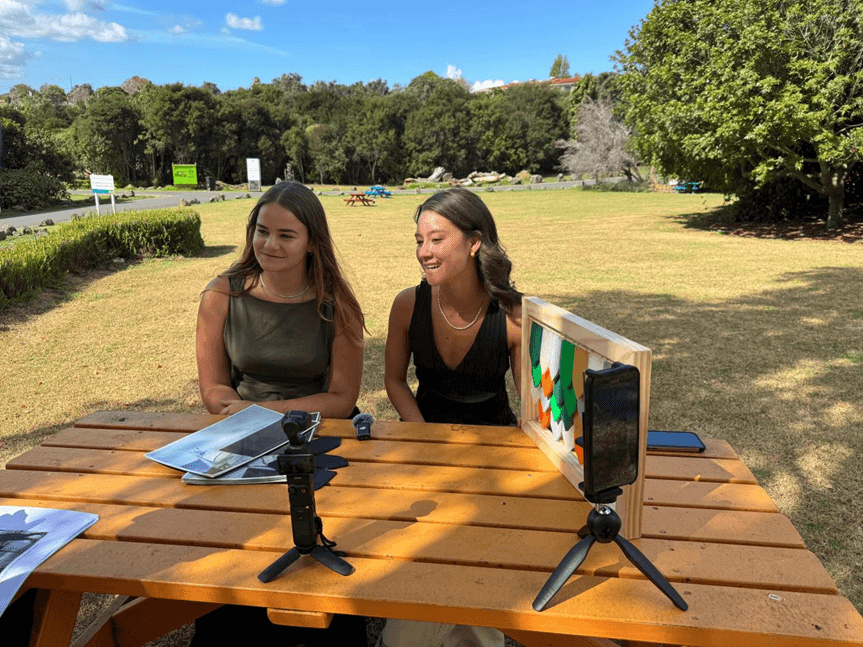
Haley Jonkers and Mikayla Funnell (from left to right), both architecture sophomores
Stunning Creations in the Making
Second-year students Hayley and Mikayla are working on something special — “The Cloak of Matariki”, a sculpture to celebrate Whakapapa, Māori genealogy, and the cultural connections behind.
Its cloak-like 3D-printed structure will visually emulate layers of feathers, going all animate with colors in the wind. All this will come together as a living and breathing tribute to ancestry and identity. Behind this creation, there are Creality 3D printers, which lead and impress in accessibility and functionality, as the driving force for bringing such culturally rich projects to life.

The Cloak of Matariki, boasting color variations, will shine brightly and present dynamic motion in the wind
All this is just a glimpse of how 3D printing now helps reimagine the future of architecture, just as Carl already foresees its exponential growth :
“In 10 years, we could see skyscrapers entirely 3D-printed. It’s only a matter of technology.” From 3D-printed bridges in Amsterdam to 3D-printed powerful sculptures to celebrate identities, “There's a million things it hasn't done. Just you wait.”
Thanks to visionary educators like Carl Salas and pioneering tech partners like Creality, the architectural world is evolving remarkably — one layer at a time.

